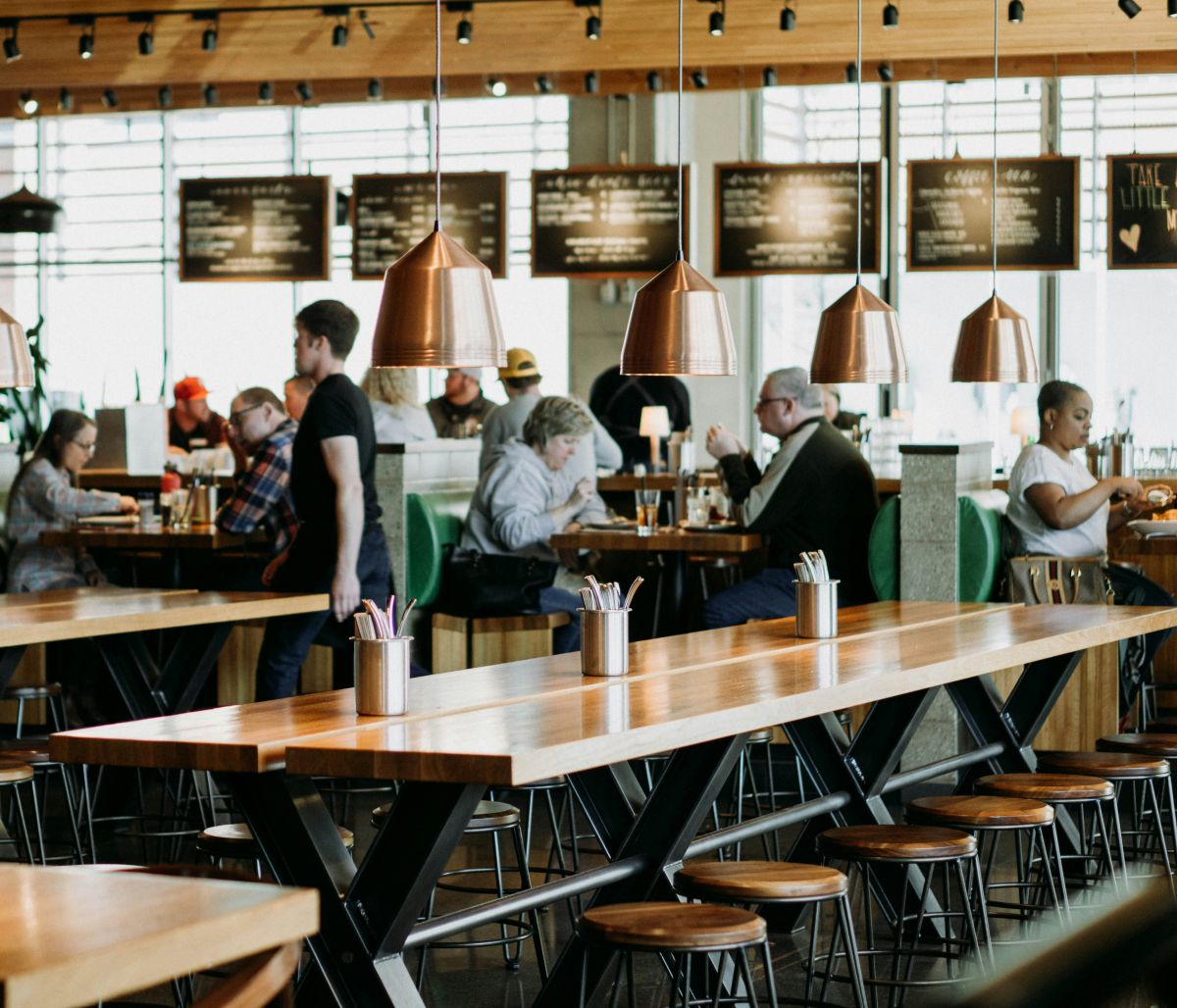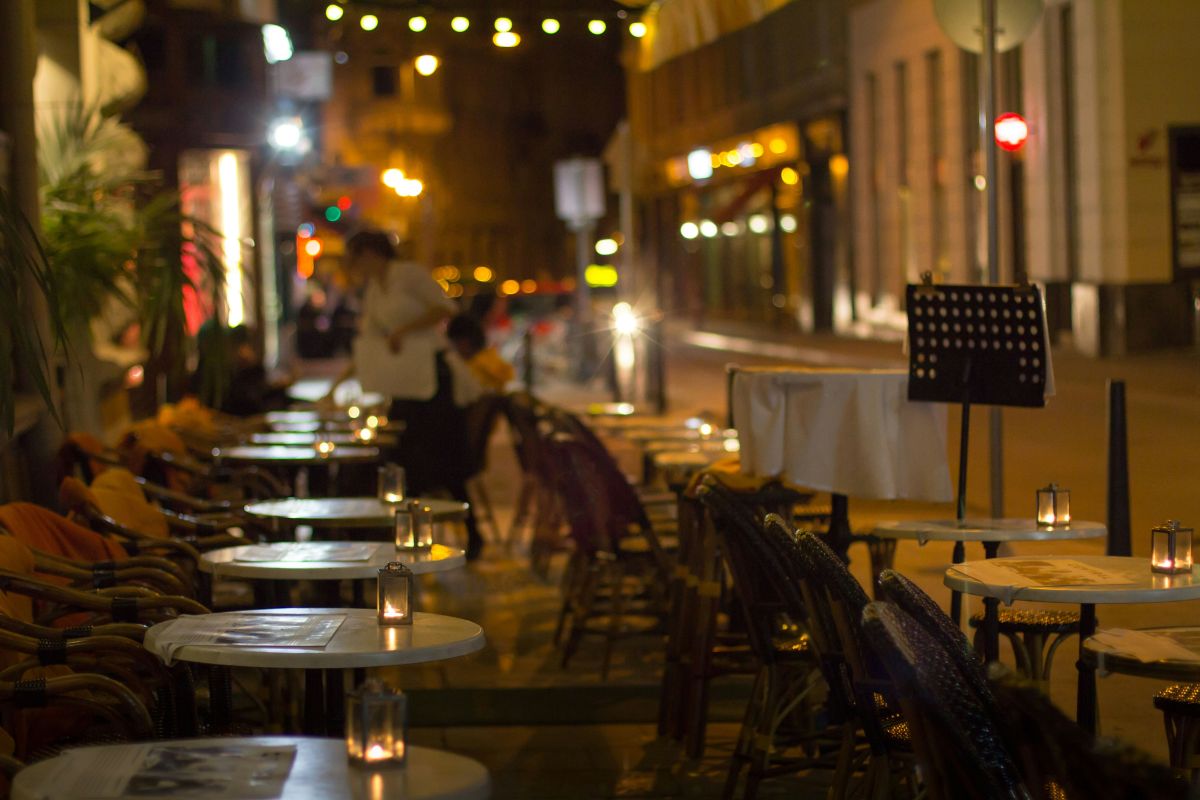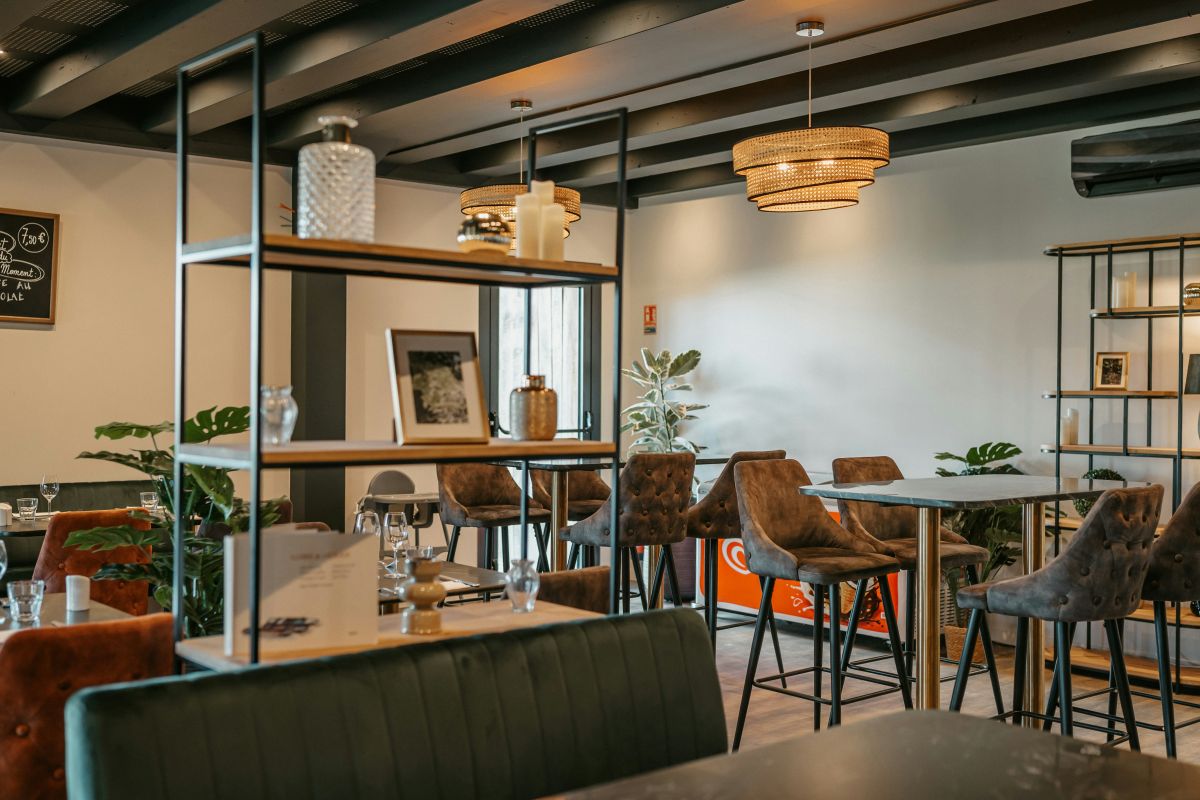The importance of comfort and ambience in the restaurant

A restaurant doesn't just live from the delicacies it serves. It is a place where guests enjoy spending time. The ambience and comfort play key roles here, depending on the following aspects, for example:
- Design of the outdoor area
- Design of the entrance area
- Design of the seating area
- Menu design
- Seating
- Lighting design
- Color concept
- Background music
- Decoration
Not to be neglected: The outdoor area
An inviting restaurant experience doesn't just begin with the question of whether a armchair or a chair for more comfort. The outdoor area is one of the restaurant's most important ambassadors. As we all know, there is only one chance to make a first impression and this should be deliberately designed. Whether it's the signage, the exterior design, inviting lighting or large windows: Every detail can increase the likelihood of converting passers-by into guests.

Consciously shaping the mood
The ambience of the restaurant has a huge influence on the mood of the meal. The interplay of lighting, music and decoration makes it possible to create a certain atmosphere. Whether this is more romantic, energetic or informal depends very much on what the restaurant wants to stand for. A quiet environment is more likely to provide the setting for intimate one-to-one conversations, while an open and lively environment is ideal for large gatherings and celebrations. Depending on whether the restaurant focuses on romantic dates, family celebrations or business meetings, the ambience should emphasize the respective purpose.
Strengthening the brand essence
The interior design, furnishings and decoration are important to make the restaurant's brand identity tangible. Compared to snappy advertising slogans, the premises and what can be experienced there have a much deeper impact on the guests. What makes a visit to a restaurant so special is that it doesn't feel like something ordinary. A carefully chosen interior can make guests feel like they have been transported to another time or place. The rustic charm of certain restaurants gives them something genuine and original. Restaurants that specialize in regional cuisine would not make much of an impression if this focus was not reflected in their premises.

The topic of comfort is practically inseparable from the topic of ambience. A relaxed and intimate atmosphere has a lot to do with comfortable seating, but also with the arrangement of the tables. The effect of the grandest interior design quickly fizzles out if the chairs are uncomfortable, offer little space or are too close together. Many guests feel comfortable sitting against a wall. With the help of a bench the restaurant can meet this common wish in a comfortable way.
The eye enjoys with
It is nothing new that the ambience has a major influence on the menu selection and eating behavior of guests. A dimly lit, upscale restaurant is more likely to encourage guests to order wines and several courses, while a casual, brightly lit environment is more suitable for a quick bite to eat between meals. Rooms that radiate coziness and comfort encourage guests to linger longer and engage in intensive conversations. This is a little different in a fast food restaurant, as the emphasis is more on quick turnover.
Conclusion
A coherent restaurant experience, where ambience, comfort and interior design complement each other perfectly, makes it more likely that guests will become regulars. People generally like to return to a place where they feel comfortable and with which they associate pleasant memories.